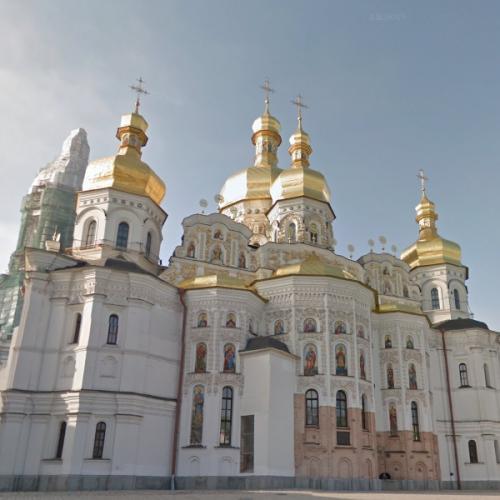Anne Boleyn is one of history’s most famous women, with a reputation for capturing the heart of King Henry VIII and influencing a fundamental shift in political and religious power that changed the world.
But before all that, she was just a young noble Englishwoman.
On the 486th anniversary of her untimely end, let’s take a look at the life of Anne Boleyn.
Hever Castle, England
Anne was (probably) born in 1533, and raised at Hever Castle in Kent, near London. She and her two siblings grew up here. Anne left at age 13 to serve in royal households across western Europe. As a teen, she spent much time in France, excelling in music and entertainment, which helped her catch the eye of the King of England after she returned home.
It is reported that, while Henry VIII pursued her romantically, Anne would retreat to her childhood home for a reprieve from the attention and pressure to entertain the king.
Pembroke Castle, Wales
While being courted by the king, Anne was given the title Marquess of Pembroke, making her one of the most powerful women in England. While it’s not likely she ever visited the lands associated with the title, the lands and castle are an important part of England’s history.
The first structures were built in the 1000s, and the castle constructed in the 1200s. But by the late 1500s, the earl had earned the disfavor of the king, who encouraged the literal dismantling of the structure. It was restored about 100 years ago to its former glory.
Westminster Abbey, London, England
On June 1, 1533, Anne was formally crowned queen in a large ceremony at Westminster Abbey. Anne was pregnant at the time, and Henry was eager to have his baby born with all the royal protection possible.
The cathedral has long been an important site in England, especially for royalty. Now part of the Church of England, the cathedral has long been home to royal weddings, funerals, coronations, and other ceremonies. William and Kate were married here in 2011.
St. James Palace, London, England
While Anne and Henry were still on good terms, the king began construction on a new, smaller palace. Henry even indicated his love for Anne by inscribing their initials on the exterior. It was a popular residence for royalty during the Tudor years, and a primary residence for the Stuarts and Hanovers.
These days, it’s the primary residence for several of Queen Elizabeth’s children and grandchildren.
Windsor Castle, Windsor, England
Founded by William the Conqueror, Windsor Castle has been so integral to the royal British family that they officially adopted the name in the 20th century. Henry VIII made significant modifications to the structure. The building complex, once a medieval fortification, became a diplomatic and and entertainment hub.
Today, the castle complex is as important as ever. It was a safe haven during World War II bombings, and was even the location for Henry and Meghan’s wedding in 2018.
Hampton Court Palace, London, England
Originally built for Cardinal Wolsey, the disgraced cardinal gave the property to Henry VIII to try and buy back his good favor. It quickly became one of the king’s favorite properties. It was a perfect weekend retreat for the entertainment-happy Tudors, and the the Stuarts.
In addition to a remarkable chapel, the gardens are world-famous. They even include a grape vine that is over 300 years old and still produces grapes for the annual wine production!
Tower of London, London, England
Anne only spent a few short years in the favor of the king. Shortly after giving birth to the future Queen Elizabeth I, Anne began to lose the attention of Henry. In his zeal to have a male heir, he listened to rumors and believed slander against Anne.
Henry had her arrested in 1536, less than three years after their marriage. During her “trial” she was housed at the Tower of London, on May 2. Only two weeks later, and without a chance to defend herself, Anne was convicted of charges including adultery and treason.
She was sentenced to death, and on Friday, May 19, she was executed by beheading. Before her death, she addressed the crowd and reminded them of her innocence. While it did not preserve her life, it did lay the groundwork for the restoration of her image in history.
Anne Boleyn died at 36 years of age, and yet she is one of the most famous, and influential, women in history. Her marriage to Henry VIII set in motion a series of events that eventually brought about an age of religious tolerance, allowing people to move to America and setting in motion for the creation of an entirely new nation.
Anne Boleyn is certainly a woman who changed the world.









































































